International students attending classes in the Netherlands on the increase
Foreign students are increasingly choosing a Dutch university or university of applied sciences. Over the past ten years their numbers have more than doubled. Master's programs offered at universities are particularly popular.
During their education, Dutch school pupils and students are increasingly gaining international experience, as a monitor produced by internationalization organization Nuffic and presented today reveals.
In higher education 10.5 percent of students now come from abroad. Most of them are studying at a university. In the past, by contrast, the majority chose a university of applied sciences, but since 2011 the roles have been reversed. This is due mainly to the increasing popularity of the Master's programs offered at universities: one in five of their students is now an international.
Germans
More than any other nationality, it is the Germans (22,125) who find their way to classes in the Netherlands, followed by the Chinese (4,475) and Italians (4,077). Strikingly, in the past five years Indians, Italians and the Spanish have been coming here in increasing numbers to obtain a diploma.
They tend to choose an economics program at a university of applied sciences or university. For the rest, art degrees in vocational higher education have always been a magnet for internationals: more than a third of their students come from abroad. At the universities, social and engineering & technology studies have the most appeal.
Almost a quarter of the internationals who graduate from a Dutch university or university of applied sciences is still living in the Netherlands five years later. Annually, this brings in between 1,64 and 2,08 billion euros for the national treasury, as a Nuffic report published last year revealed.
Exchange
Similarly, the Netherlands is gaining in popularity among students with an Erasmus grant. Nearly 10,000 internationals came here in 2016 for one or two semesters on an exchange program run by a university of applied sciences or university. Another 4,000 students did an internship here. For comparison, in 2007 these numbers were 7,000 and less than 1,000 respectively.
Many Dutch students also go abroad to do an internship or exchange program. A quarter of all graduates in higher education crossed over the border for the purposes of their study. Thus the Netherlands easily exceeds the European standard set for 2020 of 20 percent. Leading the way by a good margin, however, are the Norwegians: they have 35 percent going abroad for an exchange program, internship or research.
Pack up and go
In both academic and vocational higher education the appeal of foreign shores is felt most strongly among students on 'green' programs. Similarly, many Master's students of engineering & technology and nature studying at a university pack up and go, usually for an internship. Finally, medical students often cross over the border, for example to do hospital internships.
More than anywhere else, Dutch students head for prestigious British institutions such as Oxford, Cambridge and King’s College London. Belgium too is popular, especially among students of medicine and obstetrics, who face a ceiling on student intake here in the Netherlands.
After years of growth, the number of Dutch students making use of portable study financing while abroad declined in 2016. According to Nuffic, this is due to the introduction of the loan system. How exactly this will affect the number of students obtaining their diploma abroad is something Nuffic is currently investigating.
“This is less relevant to students who go abroad to study for a semester, because that is often part of the curriculum. But if the foreign stay is an extra activity, and it involves the possibility of delaying graduation, students are more likely to think twice before they commit,” expects Nuffic spokesperson Anne Lutgerink.
Challenge
Despite the growing focus on internationalization in higher education, there is still much to be gained, believes Nuffic. Of those in teacher training at universities, for example, only 13 percent currently has relevant foreign experience. Among trainee teachers at universities of applied sciences the percentage is even lower: 6 percent. Teachers play an important role in the development of their pupils' international skills. With the mix of pupil nationalities in classrooms in the Netherlands becoming increasingly diverse, this presents a considerable challenge, Nuffic believes.
In addition, it is primarily students with highly educated parents who gain experience abroad. They are more than one-and-a-half times as likely to participate in an exchange program compared to students without highly educated parents. “This is a cause for concern. Everyone should have this opportunity regardless of their background,” says Lutgerink. Grants specifically for this target group may bring about change.
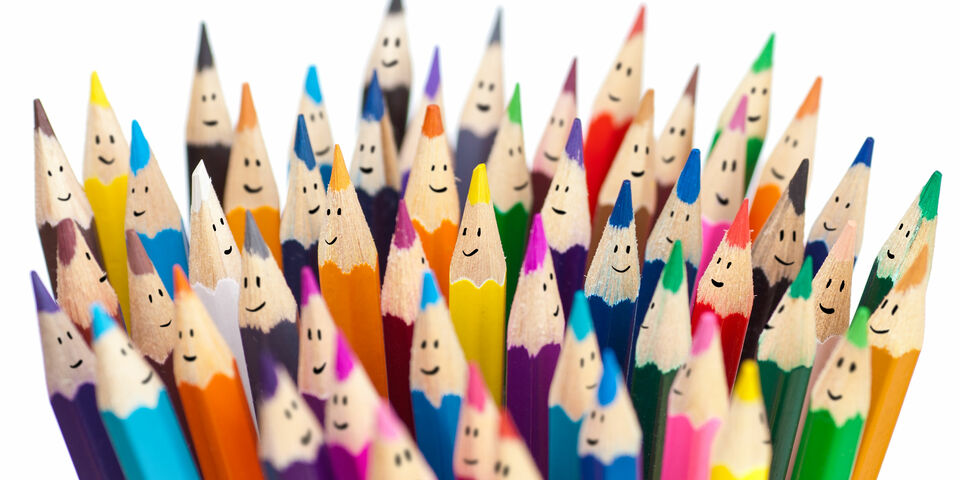

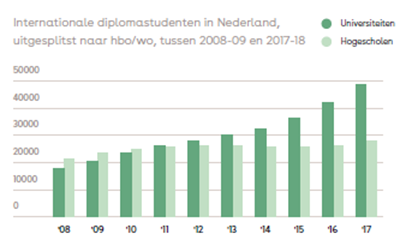
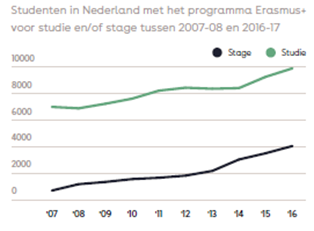
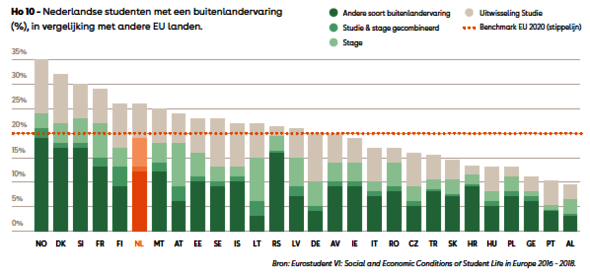
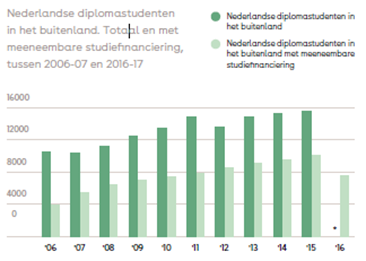
Discussion